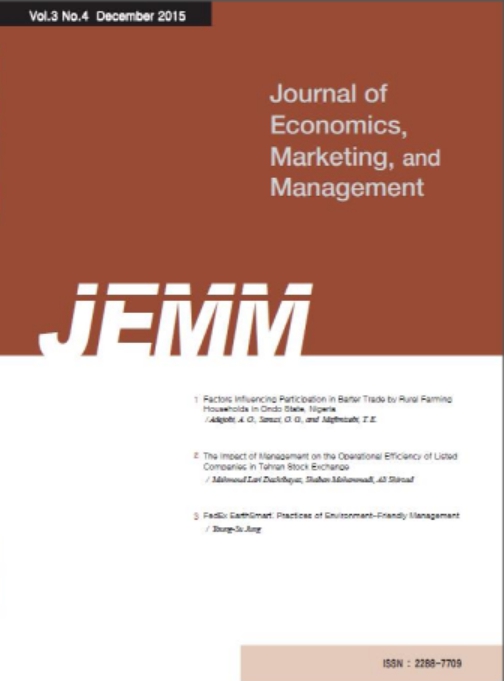- Log In/Sign Up
- E-ISSN2288-7709
- KCI
 E-ISSN : 2288-7709
E-ISSN : 2288-7709
Planning Directions of Community Facilities Integrating Generations based on Local Communities
Abstract
Purpose: This study aims to derive planning directions of community facilities integrating generations based on local communities to promote sustainable intergenerational exchange by analyzing the spatial configuration and programs of domestic and foreign generation-integrated community facilities based on local communities. Research design, data and methodology: Through theoretical consideration, the concept of intergenerational integration, types of intergenerational exchange, and spatial arrangement types were identified. Then, case study analysis of domestic and foreign community facilities with well-planned intergenerational exchange spaces and programs were conducted to identify intergenerational integration, and to derive community facility planning direction. Results: The results of this research are as follows. First, in terms of humanware, in order to revitalize continuous exchange between the 1st, 2nd, and 3rd generations, a systematic support system is needed to build mutual trust through voluntary participation by each generation. Second, it is important to provide a variety of shared spaces while maintaining the uniqueness of each facility from a hardware perspective, and must be planned in such a way that selective interaction takes place with privacy and interaction in mind. Third, in terms of software, programs that meet the characteristics of each user must be provided. Conclusions: It is expected that the results of this research can be used as basic data for planning community facilities that integrate generations based on local communities, contributing to the search for sustainable ways to revitalize intergenerational exchange in the future.
- keywords
- Community Facilities, Intergenerational Integration, Local Communities
- Downloaded
- Viewed
- 0KCI Citations
- 0WOS Citations













